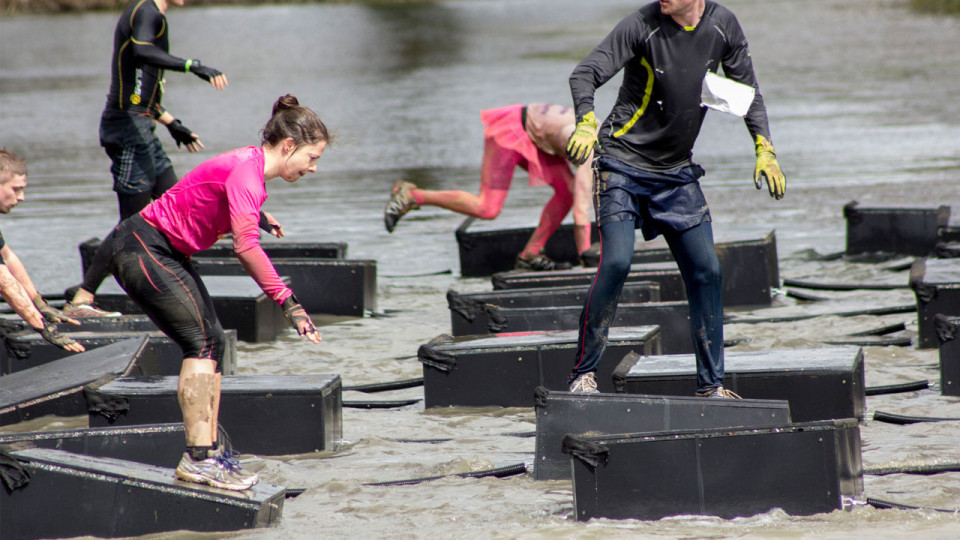Obstacle racing has become so popular, there’s even a website racking up clicks that’s devoted exclusively to reporting the latest and greatest news on the sport. If you’ve an interest in seeing what’s going on outside Singapore, bookmark the site, but if you’d much rather participate in these wildly unconventional races than read about them, this short guide can help you decide if the fun equals the risk that comes with literally wallowing in mud and racing through fires for fun and medals!
What is Obstacle Racing?
According to Wikipedia, any race can be considered an obstacle race if participants are required to overcome physical challenges that, by their very nature, are defined as obstacles. We’d need a huge amount of space here to list all of the obstacles that fall under this umbrella, but here are a few of the most-often employed barriers: mud, trails, walls, water, fire, barbed wire and any combination of barriers that require one to test their strength, endurance, dexterity and mental acuity.
Why Has Obstacle Racing Become so Popular?
For starters, obstacle racing is an accurate reflection of the society in which we currently live. Taking risks has become a normal part of everyday living, as reflected in the sport that allows individuals to push themselves almost beyond human endurance in their quest for the ultimate thrill.
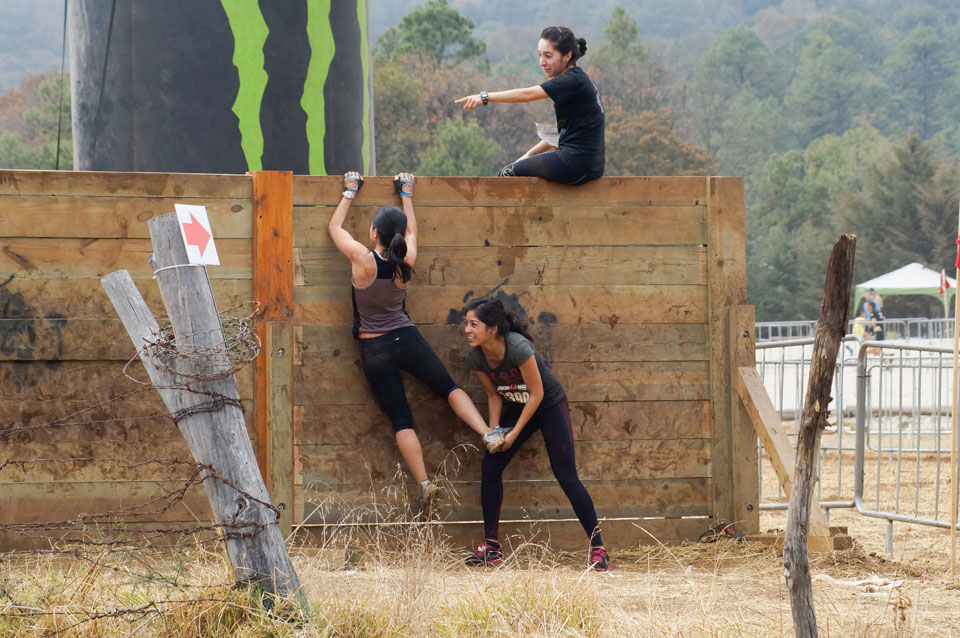
But while social scientists tackle the motivation piece of this fascinating topic, one answer is clear: obstacle races are beneficial to runners who are eager to push boundaries. A few of the most common benefits of what to expect:
- Spend a shorter amount of time to achieve faster results by substituting obstacle runs for mainstream marathons.
- Improve your agility in ways no other running experience delivers.
- Burn fat like crazy, build muscle and enhance strength thanks to “spurts” of activity.
- Obstacle racing is a great conditioning tool and a strong supplement for any training program; it tones muscles to the max by literally shocking the body!
- Challenge or work with competitors to build bonds while suffering (and supporting) in sweat together. It’s a good training supplement for team understanding and improve a team’s ability of working together at the same time improve overall physical fitness.
What Should You Know Before You Jump In?
When reporter Sydney Lupkin posted “The Hidden Cost of Extreme Obstacle Races” on the ABC News website, she didn’t pull any punches. She quotes Dr. Alex Diamond, a Vanderbilt University sports medicine professor, as stating that:
Some of these obstacles really are just inherently dangerous.
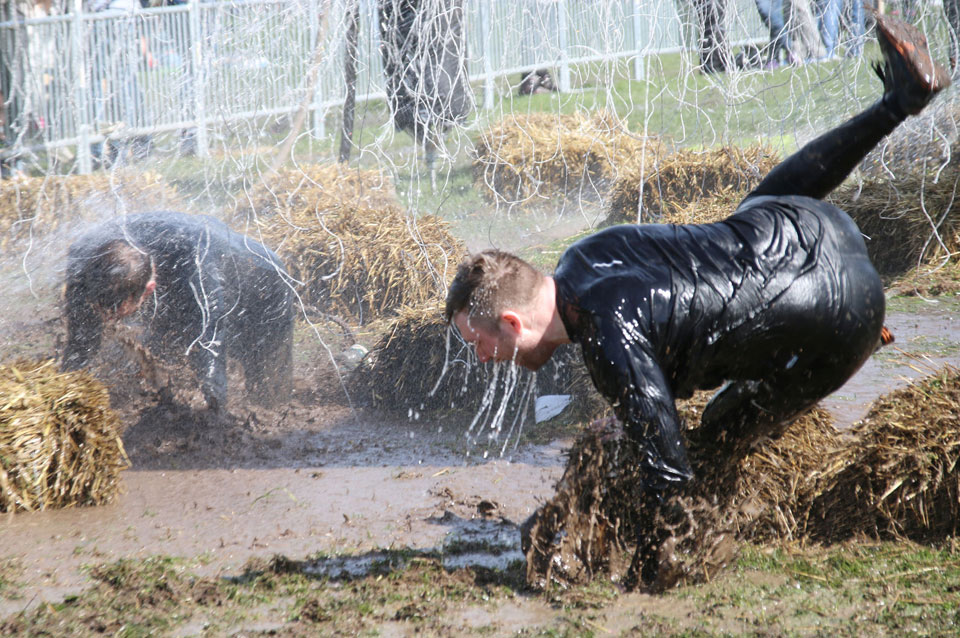
Diamond was particularly critical of the Tough Mudder competitions held throughout the world, but especially the Phillip Island Grand Prix Circuit in Australia where catastrophic accidents and injuries lead to heart attacks, burns and brain injury. The following incidents can give anyone considering obstacle racing pause for thought:
- A Tough Mudder contestant received 13 electric shocks before his heart became inflamed while participating.
- Another suffered a stroke that resulted in temporary paralysis.
- Reports of bloody diarrhea resulting from overly-stressed bodies are becoming more frequent.
- A well-conditioned athlete died when another contestant jumped on him from 15-feet into cold, muddy water.
- The U.S. Centers for Disease Control and Prevention (CDC) report serious cases of Campylobacter coli from contaminated mud pit surface water.
- A red, itchy skin condition, named after a popular obstacle race, “Spartan Rash,” is also reported by the CDC.
- Liability waivers associated with obstacle races are becoming more sophisticated and are frequently referred to as “death waivers”.
How to Approach Obstacle Races
Assuming you are undaunted after reading the aforementioned horror stories and you still want to go for the thrill, do it with your eyes wide open, knowing what to expect. Additionally, before you sign up, it’s okay to ask sponsors and organisers about staffing.
For example, at the site of the Australia Tough Mudder referenced above during which that racer died in the mud, organisers proved the race “was staffed with more than 75 ALS, EMT, paramedics, water rescue technicians and emergency personnel”. You’re taking the risk. Don’t be afraid to ask.
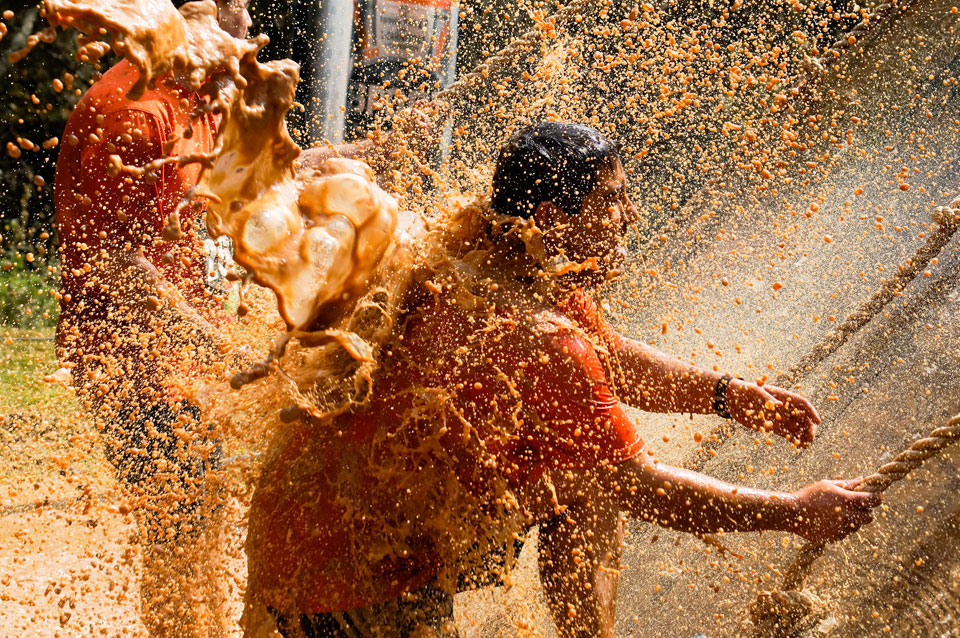
In addition to reassuring yourself that proper medical and emergency personnel are on hand, be realistic about your ability to handle extreme circumstances. If you’re not fit enough to undertake such rigorous challenges, equate proper training with your survival. The American Medical Athletic Association reports that serious injuries reported as a direct result of these races are most often diagnosed in amateur contestants who didn’t train and, once “adrenaline-fueled”, simply forged ahead with abandon. That said, plenty of obstacle race stars succumb to life-threatening injuries, too, so nobody’s exempt.
How to Train for Obstacle Races
Is there a perfect formula for preparing your mind and body for the assault both will receive from the moment you leave the start line and to the moment you finish? Not at the moment, but if you follow the advice of those who advocate stringent obstacle training, you’ll be better prepared than most.

For example, Breaking Muscle recommends taking their training advice, and these four tips can get you started:
- Prepare your head as well as your body. Know your body condition and what is expected from the races so you can focus on your weakness.
- Allocate at least six weeks to your pre-obstacle race training—more if you can find the time.
- Understand the differences between competitions. Tough Mudder, for example, is a team challenge only, which means you will have to recruit members to compete while the popular Spartan Race pits individuals against each other.
- When you train for your event, include power cleans from as many positions as possible, exercises that enhance grip strength so ropes and walls don’t present challenges and focus on pull-ups for upper body strength. Veteran obstacle course runners recommend single leg training in addition to bilateral leg conditioning, and don’t leave out circuit training.
What Upcoming Obstacle Races Are on The Horizon?
If you have lots of money and free time, traveling the globe in pursuit of the ultimate obstacle race may be your goal, so include these two events on your short list: Warrior Dash, held in the U.S., Mexico and Europe and you may wish to audition for American Ninja Warrior!
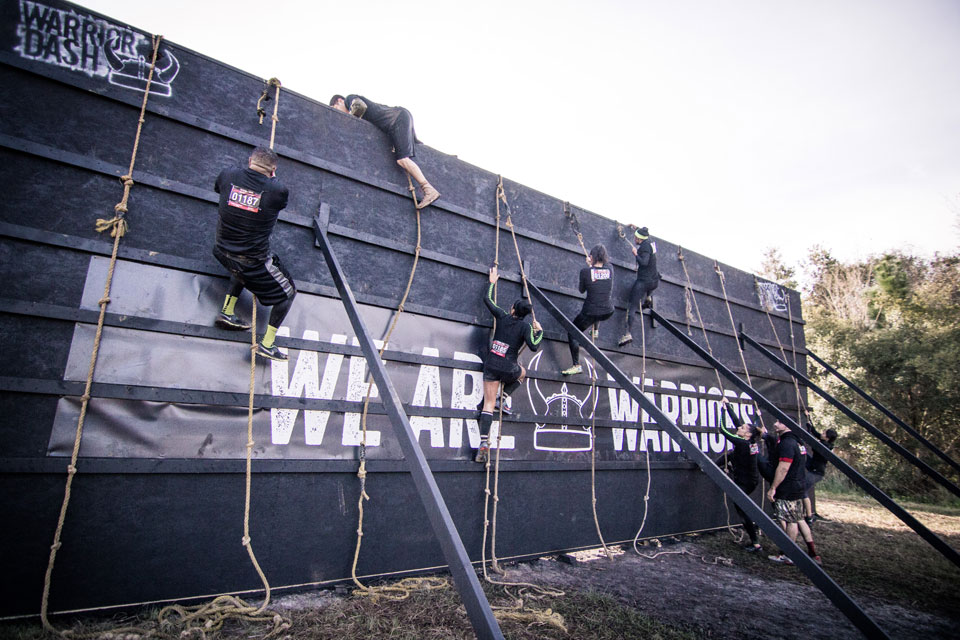
If you’re in good condition and prepared to compete, travel to Australia for the Tough Mudder challenge in Melbourne to be held on 17 and 18 October 2015. Remember that this is a team sport, so don’t go alone!
Obstacle Races in Singapore
Can’t afford to go abroad? Stay home and consider these upcoming events:
- Start with a less tough and fun obstacle race by joining in the BounceOff – Asia’s largest inflatable race on 13 March 2016. Beat 11 gigantic inflatable obstacles as tall as 42 ft (12.8 m) and as long as 180 ft (54.9 m) with your wit and determination.
- You still have time to train for the upcoming Singapore Spartan Race scheduled for Sunday, 15 November. See which category fits (junior, sprint, super or, the most daunting of them all, the beast). Get additional training advice on the site, too.
- Stick close to home to compete in the Commando Challenge Singapore on 17 October 2015 or the Viper Challenge Singapore on 23 January 2016, both at the Sentosa Island. This is a great opportunity to try obstacle racing close to home.
- If you’re not quite ready to go for a race that’s an official “obstacle run,” you can still start your New Year’s off on the right foot at the Monster Ultra 200 on 1 January 2016. Spend 48 hours battling heat and fatigue at the 200. This race is a great introduction to obstacle racing, minus the mud!
Why Would You Join an Obstacle Race?
Not everyone wants to push themselves to extremes while ignoring danger, but perhaps you’re intrigued. Are you interested enough in pushing the envelope by trying an obstacle race, or are you waiting until regulations and sanctions are imposed on this sport in an effort to keep athletes safer than they are now?


